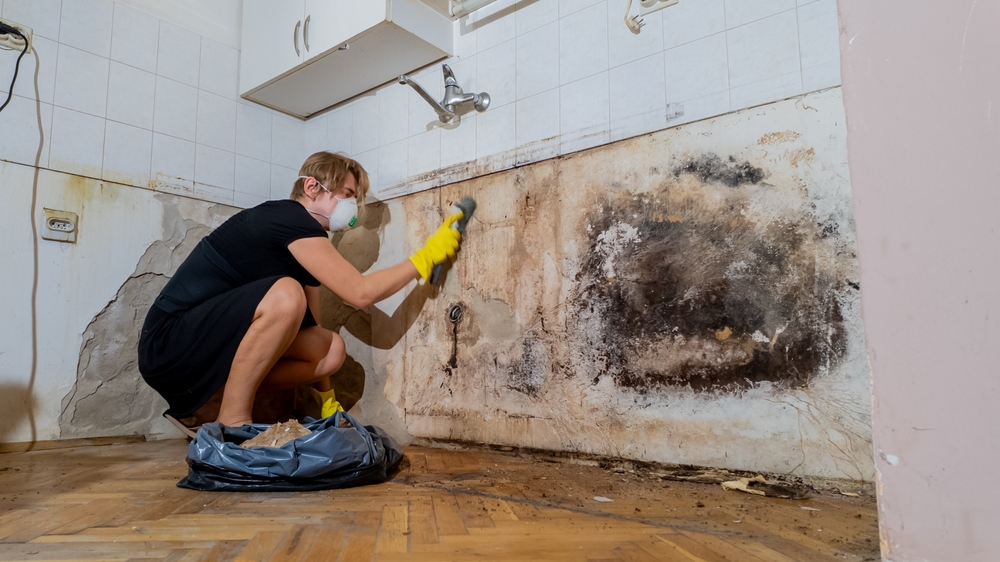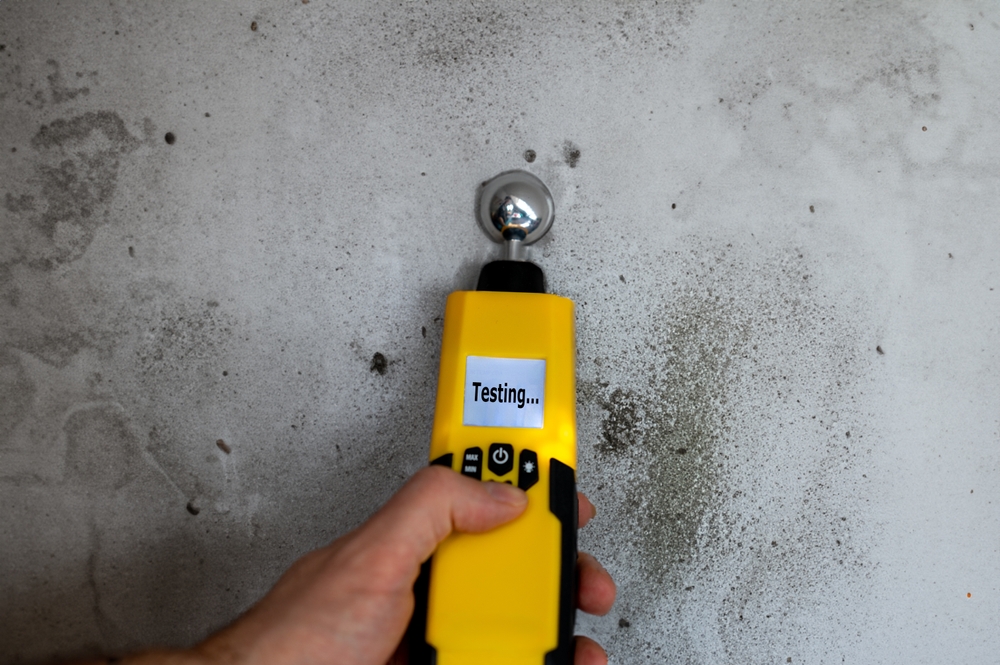An invisible invader in your house, mold quietly grows in wet, poorly ventilated areas. Apart from structural damage, mold seriously compromises health by aggravating allergies, asthma, and respiratory diseases. Luckily, correct ventilation is a quick and easy approach to solve this ongoing issue. This book covers frequent problems, clarifies what is the importance of proper ventilation in preventing mold growth, and provides doable ways to increase the air circulation in your house.
The Role of Ventilation in Indoor Air Quality
Ventilation guarantees a constant flow of fresh outdoor air mixed with stale indoor air, much as the breathing system of your house. Lack of appropriate ventilation in your house causes moisture and pollutants to build up, ideal environment for mold development.
Without good ventilation, naturally occurring mold spores—which float in the air—may settle on moist surfaces and start proliferating. As such, ugly moldy areas damaging indoor air quality that could ruin furniture, ceilings, and walls.
The effects of poor ventilation don’t stop there. Other issues include:
- High humidity gives mold the moisture it need to flourish.
- Dust, allergies, and airborne contaminants hang in still air and aggravate health issues.
- Musty scents sometimes point to poor airflow and hidden mold development.
- Ensuring correct ventilation should be first concern for safeguarding your health and house.
To protect your home and health, ensuring proper ventilation should be a top priority.
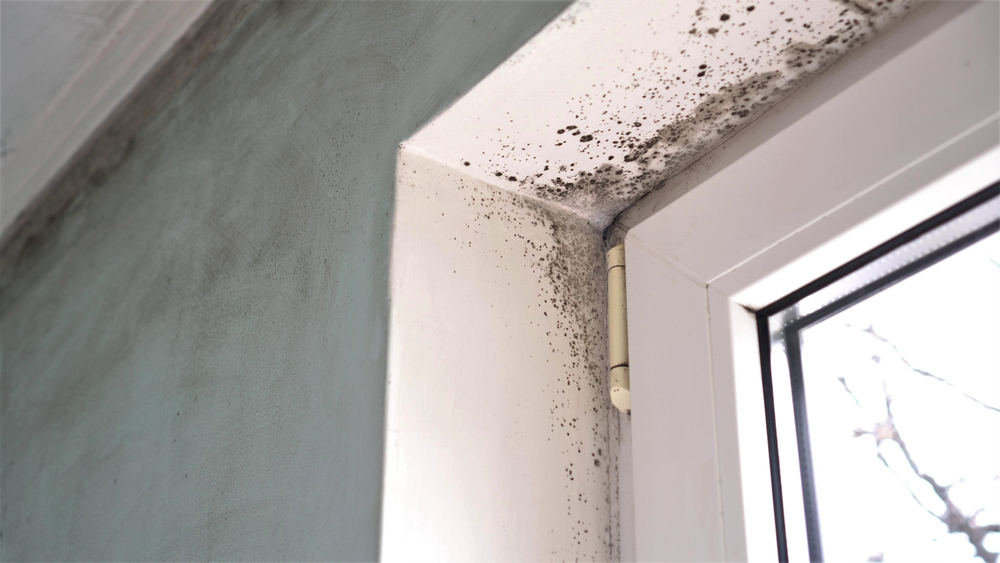
How Ventilation Prevents Mold Growth
How Ventilation Stovers Mold Mold needs moisture, warmth, and a food source—such as drywall, wood, or carpet—three things to flourish. By keeping air moving and lowering humidity levels, ventilation directly fights two of these elements: moisture and warmth.
- Reducing Humidity Levels: Mold prefers conditions where the humidity is higher than 60%. By letting moist air depart and substituting drier air, proper ventilation maintains humidity levels below this threshold.
- Removing Moisture-Laden Air: Every day tasks including cooking, cleaning, and even breathing produce moisture into the air. Open windows and exhaust fans help to avoid this moisture from collecting on surfaces, therefore preventing mold.
- Diluting Indoor Pollutants: Ventilation not only gets extra moisture out but also lowers the quantity of mold spores, dust, and other indoor pollutants. For your family and yourself, this makes the surroundings healthier.
Common Ventilation Problems in Homes
Many homes—especially older ones—have ventilation problems that unintentionally promote mold growth. The most often occurring problems are listed here:
- Inadequate Bathroom and Kitchen Ventilation: Most homes’ main sources of moisture are kitchens and bathrooms. Without enough ventilation, steam from boiling water and hot showers can hang in the air and cause condensation on windows, ceilings, and walls.
- Poorly Sealed Windows and Doors: Although some airflow is provided by drafty windows and doors, they usually let in outdoor moisture. This produces an unbalanced ventilation pattern that fails to efficiently eliminate interior humidity.
- Inefficient HVAC Systems: Designed to preserve ideal airflow and temperature, heating, ventilation, and air conditioning (HVAC) systems Older or poorly maintained systems, however, could find it difficult to efficiently move air, resulting in areas of still, moisture-laden air.
- Crowded Living Spaces: Overfurnished rooms and congested places can obstruct air flow, therefore allowing areas where mold spores and humidity can develop unseen concentration.
Practical Tips for Improving Ventilation
Venting your house doesn’t have to include costly additions. A few easy changes will greatly lower the mold growth danger.
Bathroom Ventilation
- Use Exhaust Fans: Install and run bathroom exhaust fans both inside and outside of showers to help to clear air of dampness. Let the fan run for least twenty minutes after shower.
- Keep Bathroom Doors Closed: Closing the door stops steam from seeping into other parts of your house where it can cause mold.
- Wipe Down Wet Surfaces: After use, dry surfaces like tiles, mirrors, and counters to help to prevent moisture from staying.
Kitchen Ventilation
- Use Range Hoods: Range hoods with exhaust vents gather steam, smoke, and oil from cooking, therefore preventing moisture accumulation.
- Open Windows While Cooking: Lack a range hood? Open a window to let damp air escape while cooking. This is especially crucial in boiling, fried, or steaming.
- Cover Pots and Pans: Cover pots and pans to help to reduce the steam generation into the air when cooking.
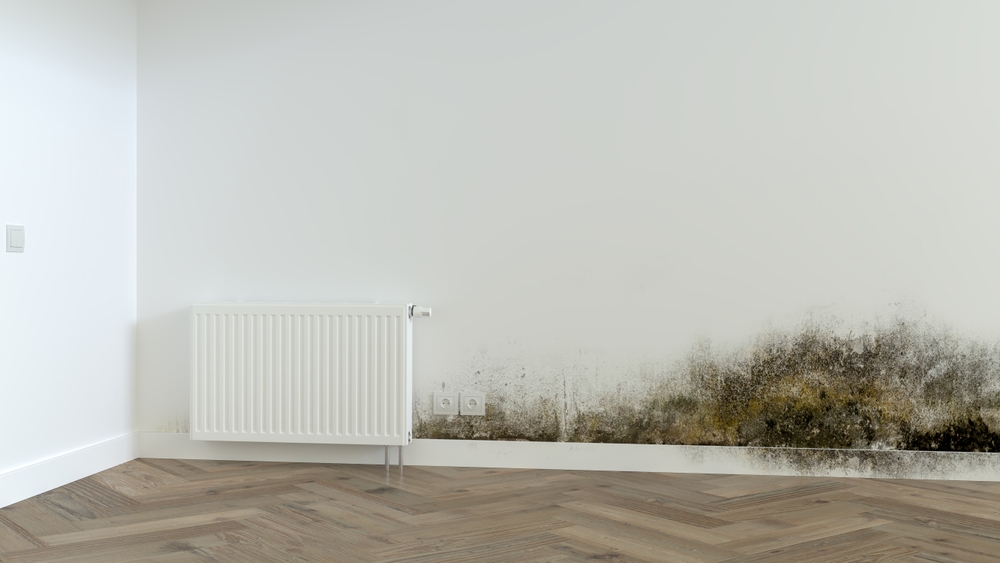
Bedroom Ventilation
- Open Windows Daily: Open Windows Daily:, weather allowing, let fresh air flow through windows for 15 to 30 minutes each day.
- Limit Furnishings: Keep bedrooms unassuming and clutter-free to promote airflow. Steer clear of overstocking, which could impede airflow.
- Invest in an Air Purifier: Invest in an air purifier to help lower moisture and preserve air quality by means of a dehumidifying capacity.
Basement Ventilation
- Use a Dehumidifier: Use a dehumidifier; basements naturally tend to be wet. A dehumidifier can stop mold development and aid to keep ideal humidity levels.
- Install Ventilation Systems: Install ventilation systems or an exhaust fan especially meant for basements to increase airflow.
- Seal Cracks and Leaks: Inspect floors and walls for cracks that can let in moisture; then, seal them right away.
Attic Ventilation
- Ensure Proper Ventilation: Attics trap hot, humid air rather commonly. Installing fans or vents helps control airflow and stop dampness.
- Inspect Insulation: Older or improperly placed insulation can collect moisture and obstruct airflow. Edit or replace it as necessary.
- Check for Roof Leaks: Mold in the attic can start quickly from water from a leaky roof. One must always have regular inspections.
When to Consider Professional Ventilation Systems
Sometimes bettering the ventilation in your house calls for more than just do-it-yourself projects. Like whole-house ventilation, professional systems are meant to sustain constant airflow and ideal humidity levels all over your property.
Types of Professional Ventilation Systems
- Energy Recovery Ventilators (ERVs): Energy Recovery Ventilators (ERVs) save heat or cold by exchanging stale interior air with fresh outdoor air.
- Heat Recovery Ventilators (HRVs): Ideal for colder climates, heat recovery ventilators (HRVs) hold warmth during air exchange, therefore lowering energy expenditures.
Benefits of Professional Installation
- Customized Solutions: Experts evaluate the particular requirements of your house and suggest the finest ventilation system for it.
- Energy Efficiency: Professionally installed systems are often more energy-efficient than do-it-yourself choices.
- Long-Term Savings: Over time, professional system investments can save you money on mold treatment, energy costs, and maintenance.
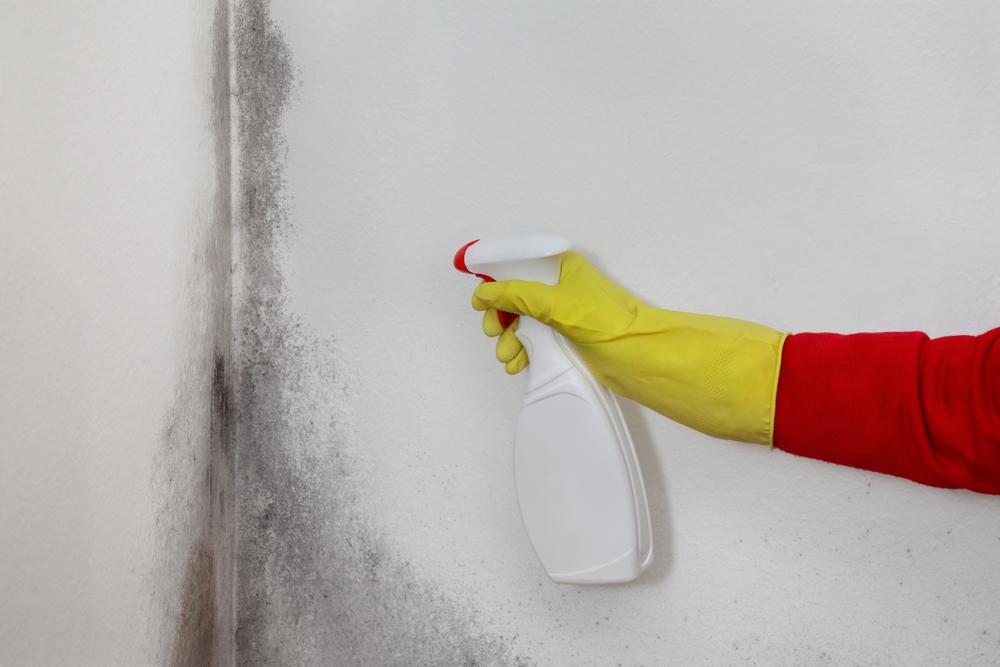
The Health Risks of Poor Ventilation and Mold Growth
Mold adversely affects your health in addition to ruining your house. Extended mold spersion can lead to:
- Allergic Reactions: Sneezing, itching eyes, and skin rashes are among the allergic reactions experienced.
- Asthma Attacks: Particularly in young children and the elderly, mold can aggravate asthma symptoms.
- Respiratory Issues: Long-term contact could cause persistent respiratory problems.
- Weakened Immunity: Those with weakened immune systems are especially susceptible to mold-related diseases.
Improving ventilation not only protects your house but also your family’s health.
Additional Tips for Philadelphia Residents
The particular temperature of Philadelphia and architectural legacy create particular difficulties for mold protection. Here is what local tenants and homeowners should give thought:
- Seasonal Humidity: Philadelphia’s summers can be hot and muggy. Maintaining indoor humidity below 60%, use air conditioning and dehumidifiers.
- Historic Homes: Older Philadelphia homes with antiquated ventilation systems abound. For improved airflow, think about modernizing to new systems.
- Local Resources: Use grants and local initiatives for energy-efficient house improvements—including possibly ventilation modifications.
Conclusion
The best way your house resists mold development is with proper ventilation. Reducing humidity, eliminating moisture-filled air, and enhancing ventilation help you stop mold from starting and provide a better living space.
Start with little adjustments like running exhaust fans and opening windows and then think about expert solutions for long-term advantages. Remember, stopping mold guarantees the health and comfort of every person who resides there, not only about safeguarding your house.
Review the ventilation in your house now and, if necessary, make adjustments today. Cleaner air, less repairs, and piece of mind knowing your house is mold-free will be benefits of your efforts.
Philadelphia Restoration Services
https://www.google.com/maps?cid=3399342399556699153
+1 267 668 0013
https://philadelphiarestorationservices.com/

